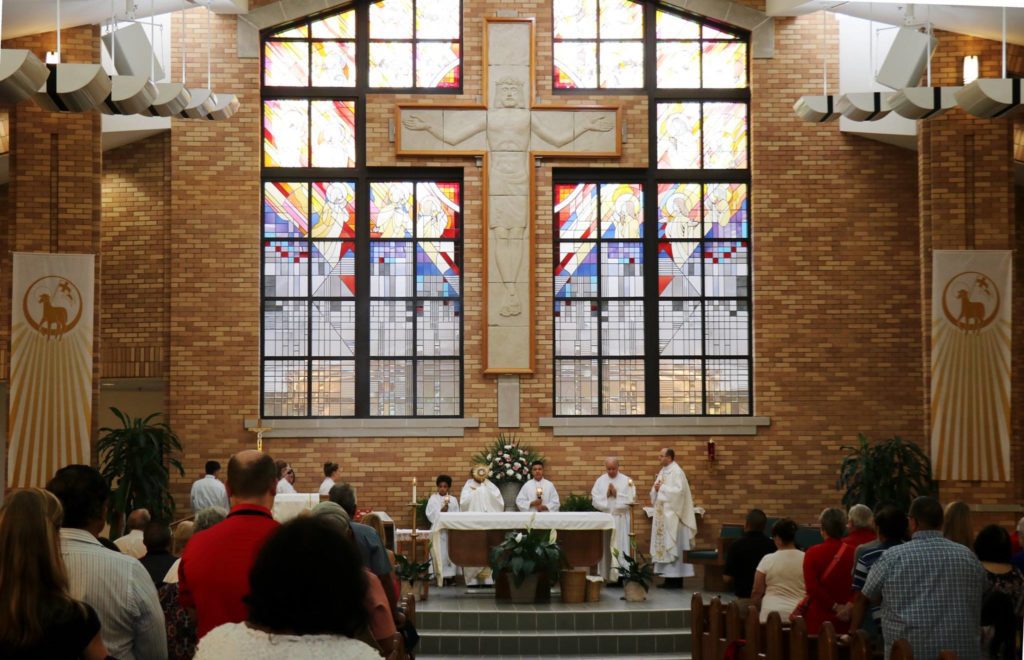Our Design Principles
Three overarching principles have shaped the construction of our Church.
Baptism and Eucharist define our community
We have skylights over the places where these two sacraments take place because we want to clearly say that these are the basis of our communion and are privileged places in which we connect with our God. We enter the Church in Baptism and we welcome Christ into our midst around the altar.
The present Church contains as many sacred objects from our earlier Church buildings
The stained glass in our Reconciliation rooms, conference room, and family room are from the former Church. The altar, ambo, and statues of Mary and Joseph are from the Church built-in 1980. The Stations of the Cross are from the original Church.
This a building for the liturgy
Although it has been important for our parish that the building makes a good impression on Kingsley Avenue, the most important use of this building is liturgical. We want it to sound well, provide the space and elements necessary for good liturgy, and remind all visitors of the importance of the gathering of the Church.
Tour of Our Church
The Entrance: Hospitality is one of our core values and we want hospitality to be a mark of the Church from the moment one approaches. The entrance area is the shape of a courtyard to make gathering easy. Handicapped access is through the west columns and through the electric door at the right-hand entrance. A commissioned statue of St. Catherine, who welcomes all people to experience God’s mercy, stands in the center of the courtyard.
The Narthex (Gathering Area): The window dominating the gathering area is based on two themes – the mission of the Holy Trinity and the work of the Church. The Trinity is represented by the symbols of the Father, the Son, and the Holy Spirit. The shell of Baptism brings people of every race and nation into the Body of Christ working for justice. Six model Christians selected by the commissions of our parish flank the doorways. We want to show how the mission of the Trinity is completed in the lives of holy people. We want all members of our parish to be saints like the following:
- Dorothy Day – a 20th-century woman who worked for justice
- Saint Martin de Porres, OP – a brother who cared for the poor in Lima, Peru
- Blessed Teresa of Calcutta – a contemporary prophet and guide
- Saint Pope John XXIII – a reformer of the Church with a heart
- Archbishop Oscar Romero – a 20th-century martyr from San Salvador
- Saint Kateri Tekakwitha – an American Indian virgin who was baptized in honor of St. Catherine of Siena
The Baptismal Font: This font is placed near the entrance of the Church because we want everyone who enters for worship to remember his or her baptism. The oils of the Church are stored near the font. The font allows for the full immersion of those entering the Church in order to more clearly signify that baptism requires dying and rising with Christ.
The Nave: The nave is the central body of the Church where the community gathers. It comes from the same Latin root for navy or naval; therefore, if you look up, you will see the framework of the hull of a ship. There is seating for 1,200 people in the main body of the Church, including the choir area.
The Family Room: The family room on the east side of the Church is intended to be used by those with young children who are unable to sit still or remain quiet throughout the liturgy.
The Reconciliation Rooms: Both Reconciliation rooms are set apart for their special use with stained glass from the old chapel.
The Stations of the Cross: The Stations are the stations from our original Church.
The Chapel: The Pieta (the image of Mary accepting the body of her son from the cross) dominates this chapel in which Perpetual Adoration occurs. The Chapel has its own Stations of the Cross that are replicas of the Stations found in the Marian Garden. The stained glass window facing Kingsley Avenue is custom for our Church. The first window shows two important moments from the Virgin Mary’s life: the Annunciation and the Assumption. The second window shows St. Monica and St. Augustine, patron saints of the Diocese of St. Augustine.
The Chapel Entrance: There is a special garden outside the chapel for meditation and reflection when the doors of the chapel are locked. One can see the tabernacle through the glass doors. This area is meant to be a place of hospitality and welcome.
The Altar: The altar is the same one that was in our Church that was built in 1980.
The Crucifix: The large crucifix over the altar with stained glass window that surrounds it is a visible statement of our faith. We believe that Jesus of Nazareth, Son of God and a man like us, was obedient to death and has been raised to glory by the power of God the Father and the Holy Spirit. The angels sing His praises in heaven and prepare a place for us. The 24 angels that surround the cross are described in the Book of Revelation (4:4).

